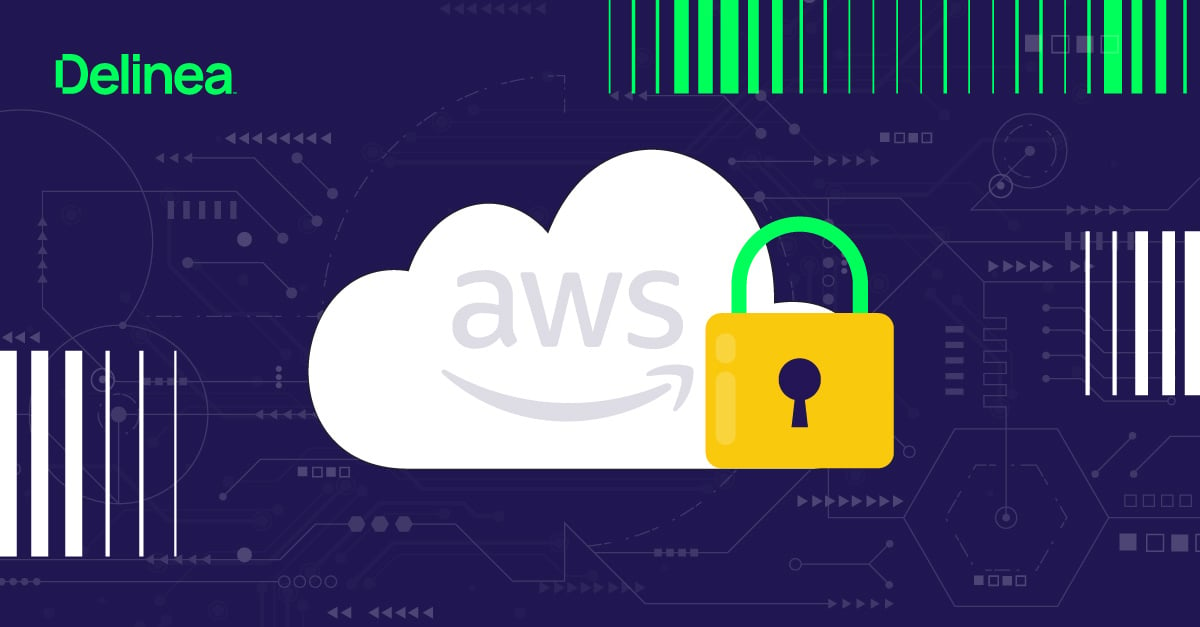Bringing the PAM cloud stories together
Yes, you can address these cloud Privileged Access Management challenges with an on-premise solution. However, the volume and velocity at which cloud resources can be provisioned and deprovisioned makes them difficult for legacy PAM solutions to keep up with.
That’s why we believe the best way to manage and secure cloud-based privileged accounts is with a cloud-based PAM solution. Put another way, PAM in the cloud is best for PAM for the cloud.
You can read more about how PAM solves cloud challenges in the whitepaper Critical Controls for Modern Cloud Security.
Here’s what we’re doing about it
In our product strategy, we’ve taken on both parts of the cloud conversation—PAM in the cloud and PAM for the cloud—and we’re bringing them together.
On the PAM in the cloud side of the story, we launched the industry’s first full-featured PAM-as-a-service solution last summer. Since then, we’ve seen 342% YoY cloud business growth, with over 1,000 cloud customers and counting.
Cyber Management Alliance also had nice things to say: “Delinea (formerly Thycotic) is the clear leader with a Cloud-Native PAM solution that can be implemented today and that features discovery, vaulting, monitoring and control capabilities on par with its flagship on-premise offerings.” You can read more in their report: Securing Your Organization with Cloud-based Privileged Access Management (PAM).
We take a cloud-first approach to new product development. Features like encryption, hourly backups, SOC 2 audits, geo-redundancy, and GDPR compliance are included. In addition to our core products, Secret Server cloud, Privilege Manager cloud, and Privileged Behavior Analytics, our latest innovations, Account Lifecycle Manager and DevOps Secrets Vault, are cloud-based and designed to solve cloud challenges. (Links to these products are provided at the end of this post.)
To address the challenges of PAM for the cloud, we’ve focused on four main use cases:
- Securing access to cloud apps and infrastructures.
- Managing the full lifecycle of provisioning and de-provisioning access and accounts, particularly to curb service account sprawl.
- Privileged activity monitoring and reporting for cloud platforms like AWS.
- High-speed vaulting and secrets management in DevOps environments and CI/CD pipelines.



